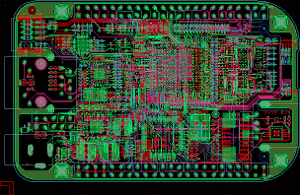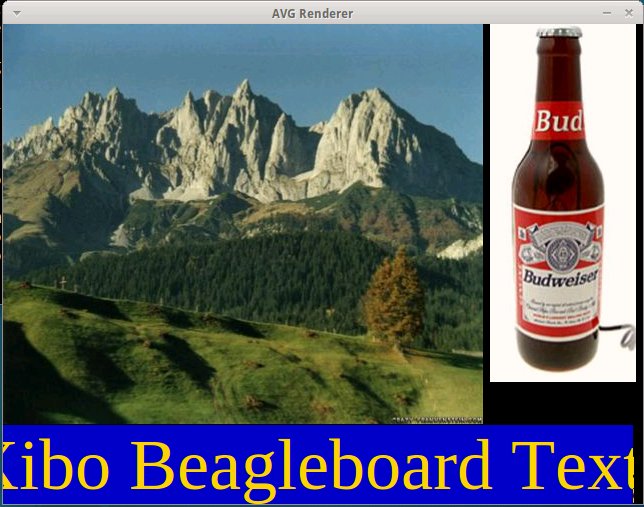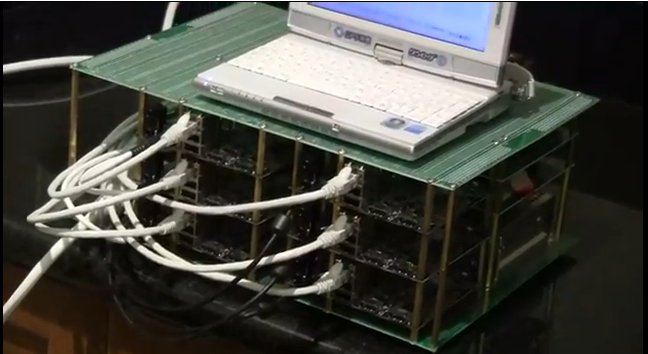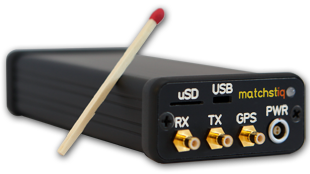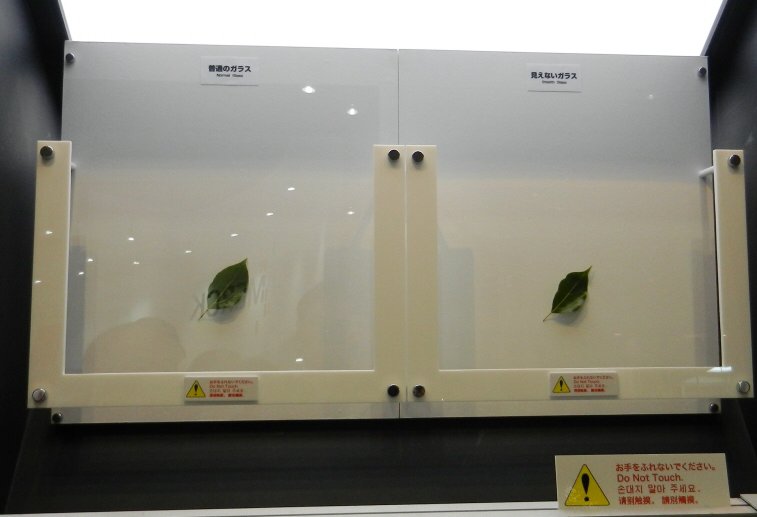The Beagleboard community has released Beaglebone Rev 3 hardware design files so that other people can now modify the hardware and/or create a clone. Here are the files: Schematics (PDF) Schematics (Orcad) [update] Bill of materials Gerber files Allegro files (PCB layout) System Reference Manual [update] To open Allegro files, you’ll need to download Cadence Allegro FREE Viewer or purchase one of Cadence PCB Design software if you don’t have it yet. The schematics are only provided in PDF format for now, so you would be able to modify them unless you reproduce the PDF one. Since TI has now released the Orcad schematics you’d also be able to make a custom board by modifying the schematics. Please note that those files comes with the following disclaimer: These design materials are *NOT SUPPORTED* and DO NOT constitute a reference design. THERE IS NO WARRANTY FOR THE DESIGN MATERIALS, TO THE […]
Linaro 11.10 Release with Linux Kernel 3.1
Linaro has just released version 11.10 based on Linux Kernel 3.1. Here are the highlights of the release: Android Audio playback and recording works on LEB-panda. TJBench into all Android builds benchmarked against the original Android libjpeg implementation: TomGall/LibJpegTurbo All strict-aliasing violations in 2.3.5 have been fixed and sent to AOSP. (for build optimization) Linaro Gerrit is integrated with Android Build Service for change verification as part of Continuous Integration effort. Tip toolchain tracked and released against all targets for 11.10. iMX53 will now boot with a 3.0 or later Android Kernel. The multimedia test application has been extended to cover encoding and give better benchmark results. Linaro’s Android distribution can now base builds off a tip toolchain build. Linaro’s 11.09 toolchain has been benchmarked. USB camera (UVC) now works on linaro-android builds. Developer Platform The Linux Linaro packages are now generated and validated in a continuous integration loop. New […]
Xibo Digital Signage on ARM (Full Version)
Last month, I wrote a post showing how to run Xibo Open Source Digital Signage in a BeagleBoard/Overo emulator. That version could communicate with Xibo server, download the required files, display pictures and (maybe) play videos with the real hardware. However, it had serious limitation as Text, RSS and web pages could not be displayed. I’ve now fixed those issues and the full Xibo 1.3.1 can run on ARM platform. First, you need to follow the instructions given in Xibo Digital Signage on ARM (Beagleboard / Overo), although we’ll need to modify something with libavg compilation (see below). Then cross-compile berkelium for ARM using Linaro toolchain. Add libbrowser-node to libavg plugin directory and build libavg again. Also copy the Berkelium header files in to src/test/plugin (i.e. src/test/plugin/berkelium) or add the include file path to CFLAGS/CXXFLAGS.
|
1 2 3 4 5 |
bzr branch lp:~browsernode-team/+junk/berkelium-browsernode cp berkelium-browsernode/plugin/* ~/edev/beagleboard/libavg-1.6.0/src/test/plugin cd ~/edev/beagleboard/libavg-1.6.0 make make install |
Create libberkeliumwrapper.so:
|
1 2 3 4 |
cd ~/edev/beagleboard/libs/lib touch a.cpp arm-linux-gnueabi-g++ -c a.cpp -o a.o arm-linux-gnueabi-g++ a.o -shared -L/home/jaufranc/edev/beagleboard/berkelium -llibberkelium -o libberkeliumwrapper.so |
Copy the required files to the qemu image: sudo mount -o […]
Pandaboard Cloud Cluster Running Google App Engine
Noritsuna Imamura showed an ARM cloud cluster built with 6 Pandaboards at Linaro Connect Q4.11. Noritsuna is a member of the Open Embedded Software Foundation (OESF), a Japanese organization that support Open Source embedded software. The cluster is made of 6 panda boards with a total 6 GB of RAM (1GB per board) that runs the Google App Engine (http://code.google.com/appengine/) in Ubuntu/Linaro 11.09 release. The middleware used is TyphoonAE, a full-featured and productive serving environment to run Google App Engine (Python) applications. This type of server hosts web applications such as Rietveld (used in the demo below) to be run on (thin) clients. There are also plenty of other software (required by Google App Engine) that runs in this ARM cloud such as MySQL, Apache2, memcached and more. In the video, a power meter shows that the cluster consumes about 35 W in low activity mode. Norisuna had a comparison […]
BTRFS The Next Linux File Systems
BTRFS (B-tree file system) is a GPL copy-on-write file system for Linux developed by Oracle and is expected to replace ext4 as the default file system in future Linux distributions. Here are the main features of BRTFS (pronounced like Better FS): Extend file system (264 max file size: 16 Exabytes) Copy on write (COW) data and meta-data Space efficient packaging of small file Optional transparency compression (zlib/LZO) Integrity checksumming (CRC-32C) for data and meta-data Writable snapshots Subvolumes Online resize, defragmentation, device management Multiple device support (pool of storage) Offline conversion from ext3 and ext4 Specialized log for fast sync and O_SYNC writes BTRFS is included in the Linux kernel (since Linux 2.6.29) and can be enabled during installation of several distributions such as Fedora 15 and Ubuntu 10.10, but is not officially the default file system just yet. To learn more about the internal of BTRFS you can watch the […]
Epiq Solutions Matchstiq: World’s smallest Software Defined Radio
Epiq Solutions recently announced the Matchstiq, a software defined radio (SDR) combining a broadband RF transceiver with CPU (TI DM3730)/FPGA (Xilinx Spartan-6) processing running Linux 2.6.35. The device offers a complete stand-alone software-defined radio solution with flexibility at a fraction of the size/weight/power consumption of similar products. Epiq Solutions also provides a library of ready-to-run specialty software applications that allows the Matchstiq platform to be immediately used to solve challenging signal processing requirements. The device can be deployed as stand-alone device in unmanned aerial vehicle (UAV), as a wireless interface to an (Android) host via Bluetooth or Wi-Fi or as wired interface to a PC via USB. The key features include: Integrated CPU (TI DM3730) /FPGA (Xilinx Spartan-6) for signal processing applications Single RF transceiver covering 300 MHz to 3.8 GHz Supports RF channel bandwidths up to 28 MHz Integrated GPS receiver with 1PPS Run-time loadable/executable software applications Full suite of specialty […]
Nippon Electric Showcases (Quasi) Invisible Glass
Nippon Electric Glass Co Ltd developed a glass substrate that it calls “invisible glass” and exhibited it at FPD International 2011. The company reduced the reflection of light so that light reflections can hardly be seen on the glass substrate. Many visitors at the exhibitions were said to be gazing at the invisible glass with surprised looks on their faces. Nippon Electric Glass reduced the the reflection of light by forming an anti-reflection film on each of the front and back sides of the glass substrate. In the case of a normal glass substrate, about 92% of incoming light passes through it, and the rest 8% of the light is reflected on it. On the other hand, about 99.5% of incoming light passes through the new glass substrate. So, only about 0.5% of the light is reflected on it. Nippon Electric Glass claims that the luminous reflectance of the substrate […]
Linux Kernel Debugging – Linaro Connect Q4 2011
Linaro Connect Q4.2011 takes place on the 31 October – 4 November 2011 in Orlando. In the video below, Linaro toolchain developers asked kernel developers about their potential needs for kernel debugging. Several options to improve the kernel debugging experience were discussed. In particular, the toolchain group will make sure that OpenOCD works at least on one of the member boards to allow for easy debugging through JTAG. They also mentioned support for o-profile. This session was an opportunity to review debugging techniques used by kernel developers. It also allowed most participants to discover the GDB Text User Interface (GDB TUI), a very convenient way to interact with GDB, without having to go through heavyweight environments like Eclipse. You can follow this subject on Blueprints for Toolchain support for Kernel Debugging on Linaro website. The audio is quite poor, so use some headphones or boost the volume to hear anything.


